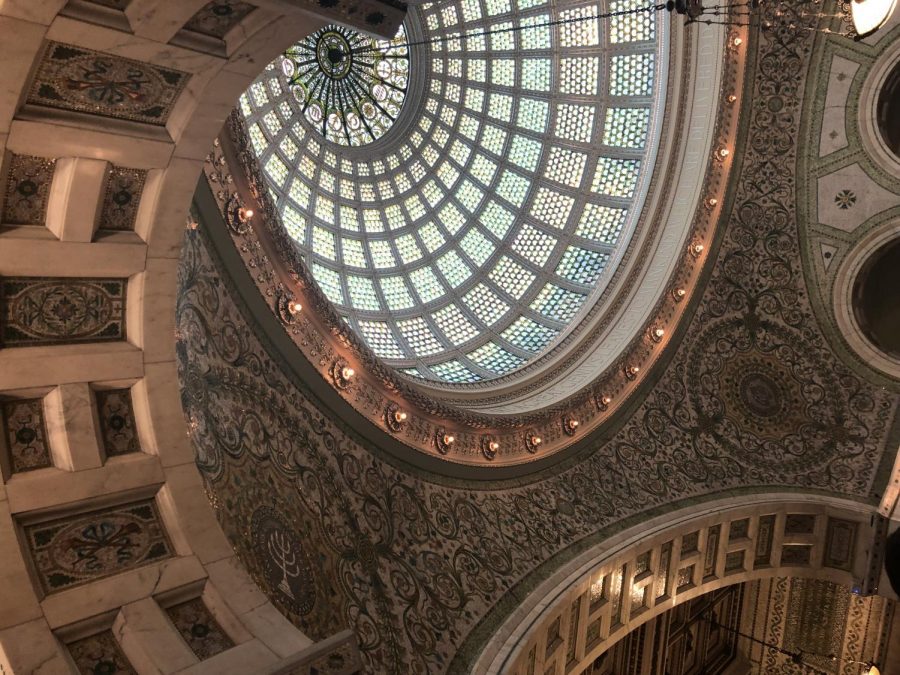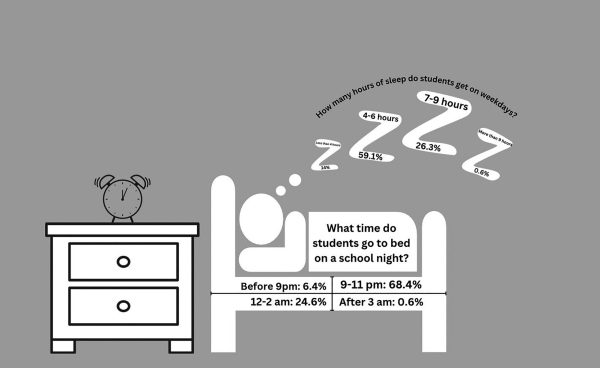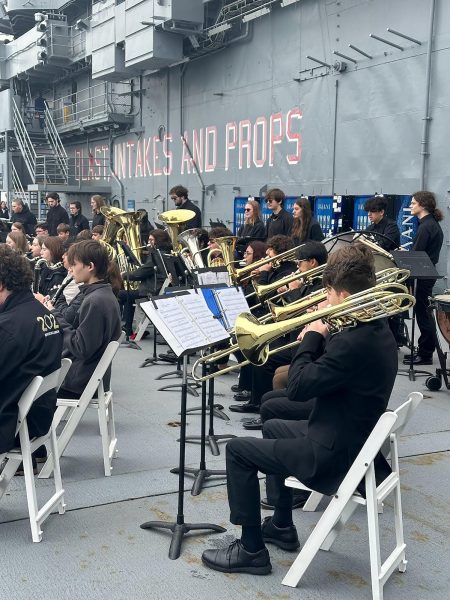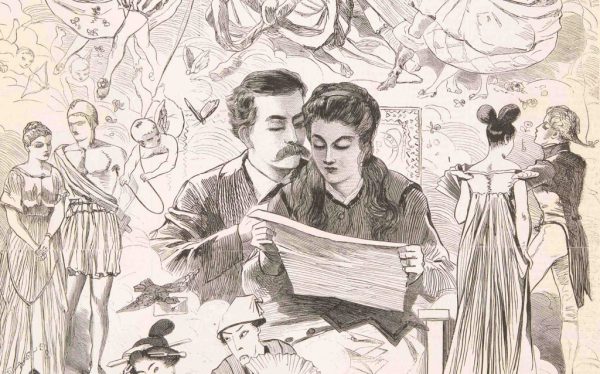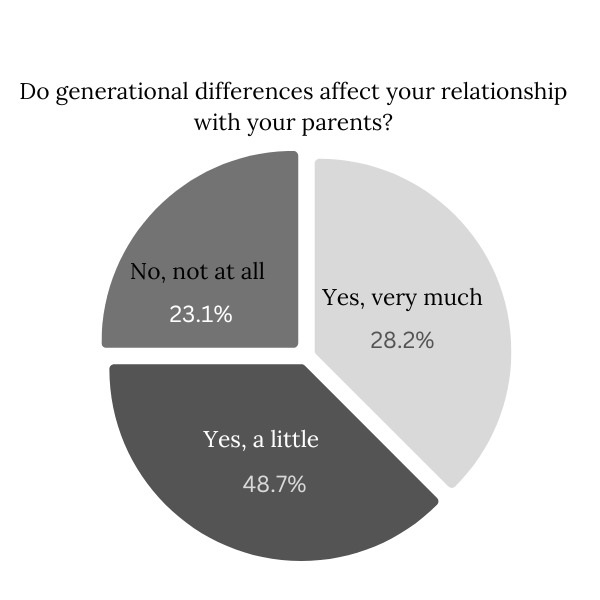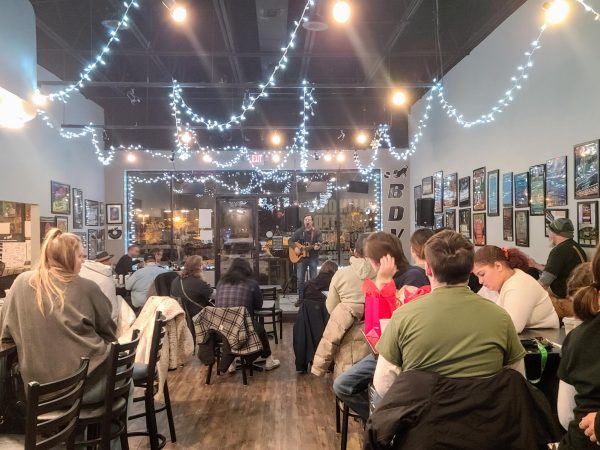Cultural Center offers inexpensive, educational experiences
March 8, 2019
The Chicago Cultural Center was opened to the public in 1897 as the first public library in Chicago. Many of the original books held in the library were donated to the City of Chicago after the Great Fire of 1871 by citizens of England. The library was meant to serve as an oasis for working class Chicagoans and given the name “the people’s palace.”
In the mid 1900’s, the library was almost torn down but then created into a cultural and arts center for visitors and locals. This museum features rotating exhibits and offers free, year-round admission to visitors.
For those looking for a more in-depth experience, The Chicago Cultural Center provides guided tours at no cost on select weekdays at 1 pm. I usually prefer to walk through exhibits and read that placards rather than take tours, but the Chicago Cultural Center tour guides do a great job at incorporating interesting facts that leave visitors with a more well-rounded perspective of Chicago’s culture and gives insightful information not initially apparent to wandering visitors.
For example, the Chicago Cultural Center is also home to a Civil War Memorial, and the stairs leading up to the memorial hall are much less steep than normal stairs so that amputees who were wounded in battle can climb them easier.
When the purpose of the building was being decided, there was a dispute over whether the it would be a library or or war memorial so part of the building was dedicated to soldiers who lost their lives during the Civil War.
In addition to holding a war memorial, the Cultural Center also holds the title for the world’s largest Tiffany Dome. This behemoth stained-glass structure is the focal point of the Center, once again displaying its intention to be a local oasis for Chicagoan’s.
In addition to major sites like the Tiffany Dome, the Center also hosts many rotating exhibitions.
One of these exhibits is “Everyone’s a Designer,” a collection of photos and videos displaying how personal preference has influenced architecture and design.
In one section of the exhibit, museum organizers asked people what their favorite room in their home was. The responses varied between children and adults. One child wrote that their favorite room was their bedroom because they had emoji-printed blankets. Like many of the other exhibits, the Everyone’s a Designer section highlights how personal taste influences culure.
The Chicago Cultural Center is a great alternative to some of the pricier area museums like the Art Institute. The free guided tours and wide variety of displays and exhibts make the Cultural Center an engaging experience for visitors of many different backgrounds.



